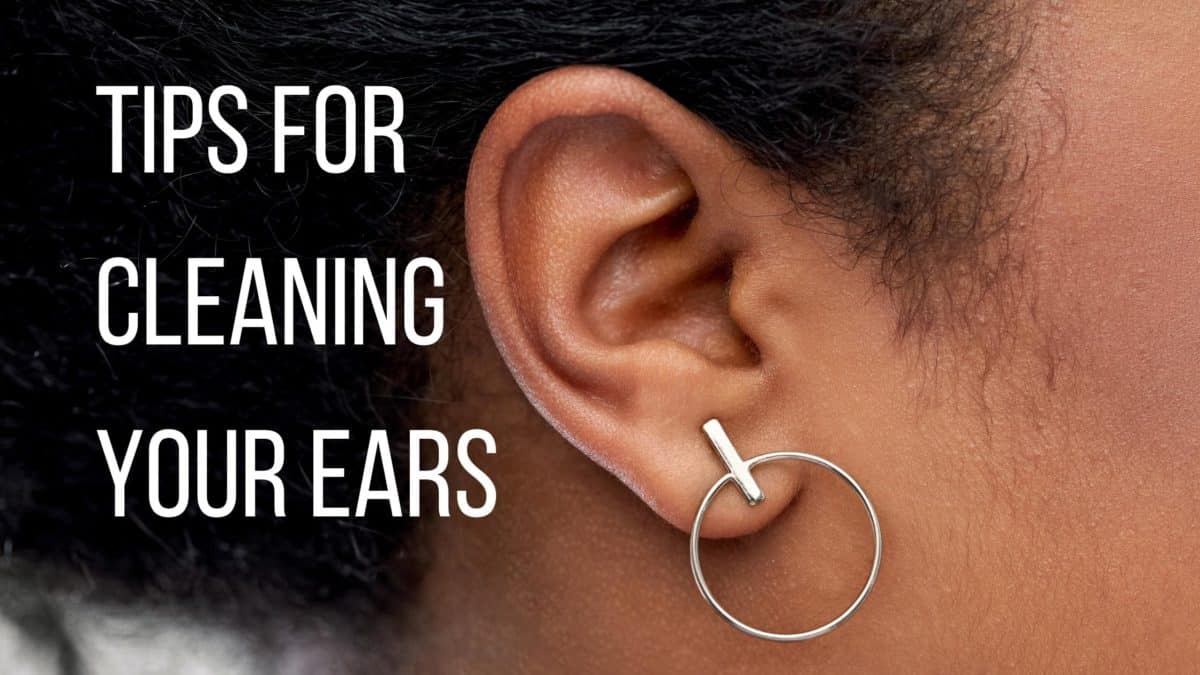- Understanding the Connection Between Tinnitus and Weather - May 17, 2025
- The Most Unexpected Reasons Hearing Aids Can Malfunction - May 9, 2025
- How OAE Testing Unveils Hidden Hearing Loss - April 15, 2025
Ear cleaning is a delicate matter. Our earwax serves the crucial function of preventing debris and bacteria from entering the ear canal where it can cause harm. Without this substance, it would be possible for something to injure the eardrum or for fluid to fill the chamber beyond that threshold. However, an excess buildup of earwax is possible, as well. Those who have a serious earwax accumulation can suffer from headaches, earaches, dizziness, cough, and hearing-related symptoms such as muffling, distortion, or tinnitus. These effects can be caused by a variety of underlying issues, so it is important to consult with your hearing health professional or doctor prior to engaging in a cleaning habit. One of the risks of cleaning the ears is that it can upset the delicate balance of earwax, actually causing more accumulation of excess earwax rather than relieving it. Let’s consider a few basic principles of ear cleaning, as well as a simple practice you can put in place if you have a legitimate problem with excess earwax production.
Basic Principles of Ear Cleaning
Perhaps the foremost principle of ear cleaning is to avoid putting any object into the ear canal. The temptation to place a cotton swab in the ear can feel irresistible, and many people feel like they have a special technique to remove earwax without forcing it further inside. On the contrary, most approaches to using cotton swabs do much more harm than good. Though they might remove some wax, they are likely forcing wax deeper inside, as well. When that happens, the ears can respond in a number of ways to the imbalance, including overproduction. The best way to clean the ear is with a damp cloth in the folds of the outer ear. With this simple process, you can remove the unsightly wax from the area of the ear that is visible to others. At the same time, you can allow the entire ear canal to do its own balancing act of maintaining a healthy layer of earwax to protect the inner ear.
Ear Cleaning after Swimming
Those who are prone to swimmer’s ears will know that removing all the water from the ears after swimming is essential to keep bacteria from growing. Chlorinated pool water might be better than a river, lake, or ocean, but even the cleanest pool can contain harmful bacteria if it is trapped inside the middle ear. Wearing earplugs or a swimming cap can help prevent water from entering the ear chamber. After you swim, be sure to dry the ear with a clean towel, and you may want to use a hair dryer, as well. You can use a simple solution of one part white vinegar and one part rubbing alcohol with an eyedropper as a preventative measure, but at the first sign of infection, you should see your doctor for assistance.
Ear Cleaning for Impacted Earwax
In the rare case that you have a problem with excess or impacted earwax, the best approach is to see your hearing health professional or doctor for advice. Once you have determined that you do not have a tube or hole in the eardrum, you can use a basic ear wax softener to get the process moving. Baby oil, mineral oil, glycerin or hydrogen peroxide serve as good ear wax softeners, and you can begin with a few drops in each ear applied with an eyedropper.
After a day or two, you can flush your ear with warm water. Kits are available over-the-counter, or you can use a small water syringe to spray the water into the impacted area. After inserting the warm water, be sure to fully dry the ear by tipping the head from side to side, using an absorptive towel, and perhaps using a hairdryer to get all the moisture out. You will notice that even in the case of impacted wax, you should not insert a tool or swab into the ear.
If this method of softening and cleaning doesn’t do the trick, you can try the process again, removing another layer from the impacted ball of wax. Of course, if a try or two with this method is not effective, it is time to return to the doctor for more advanced treatment.

